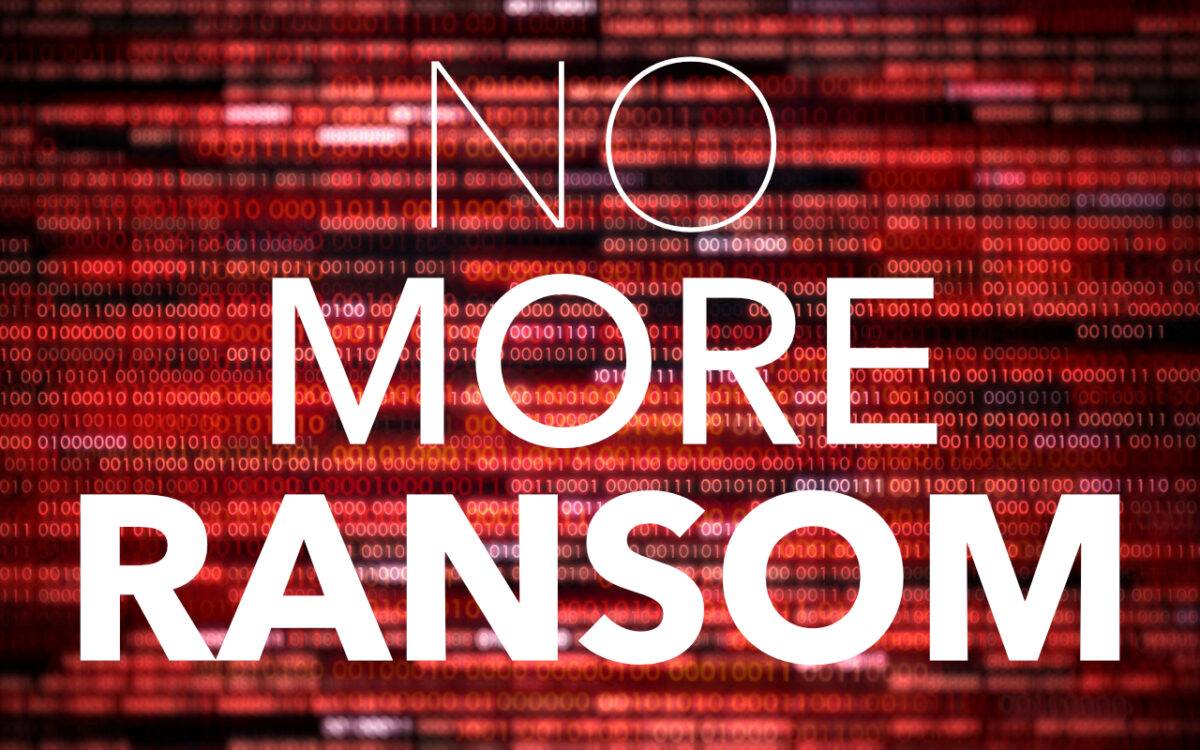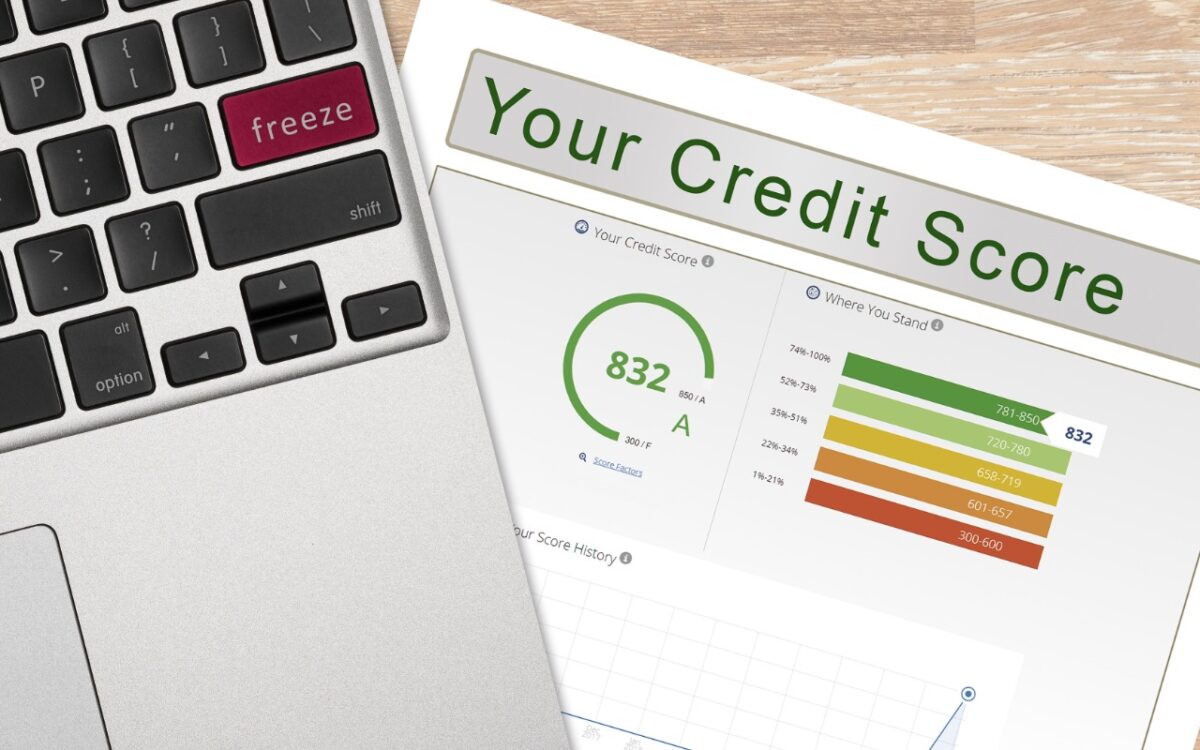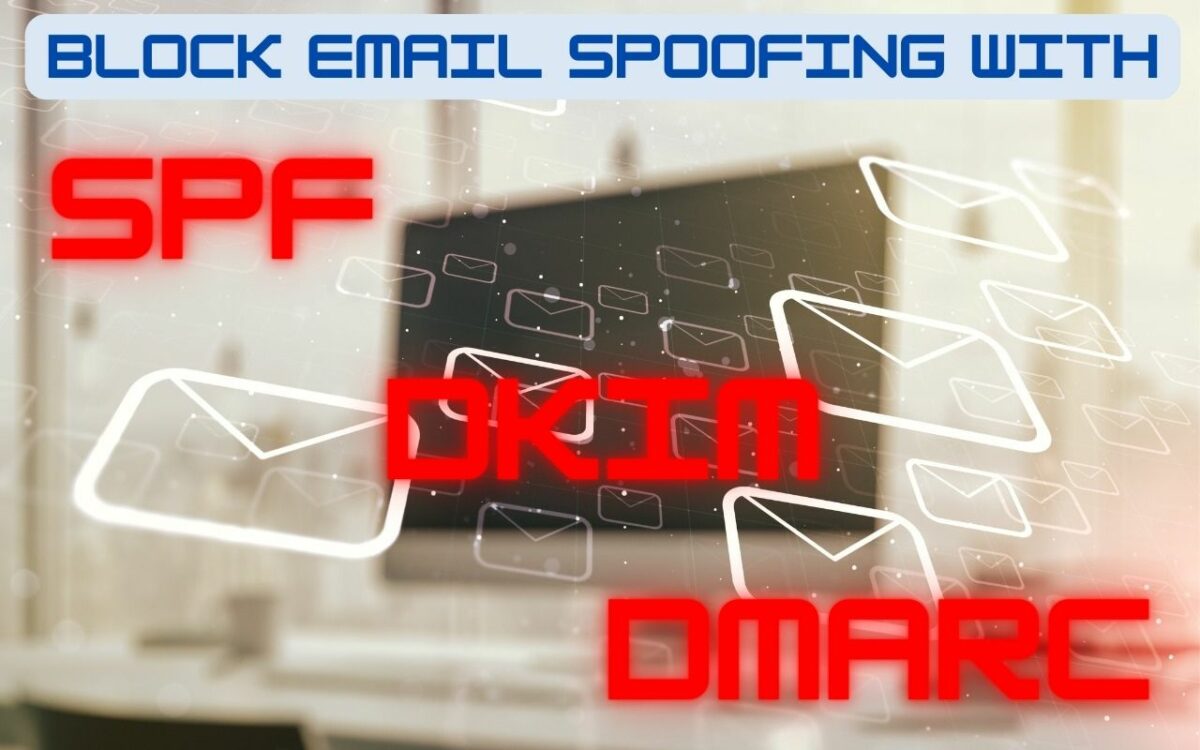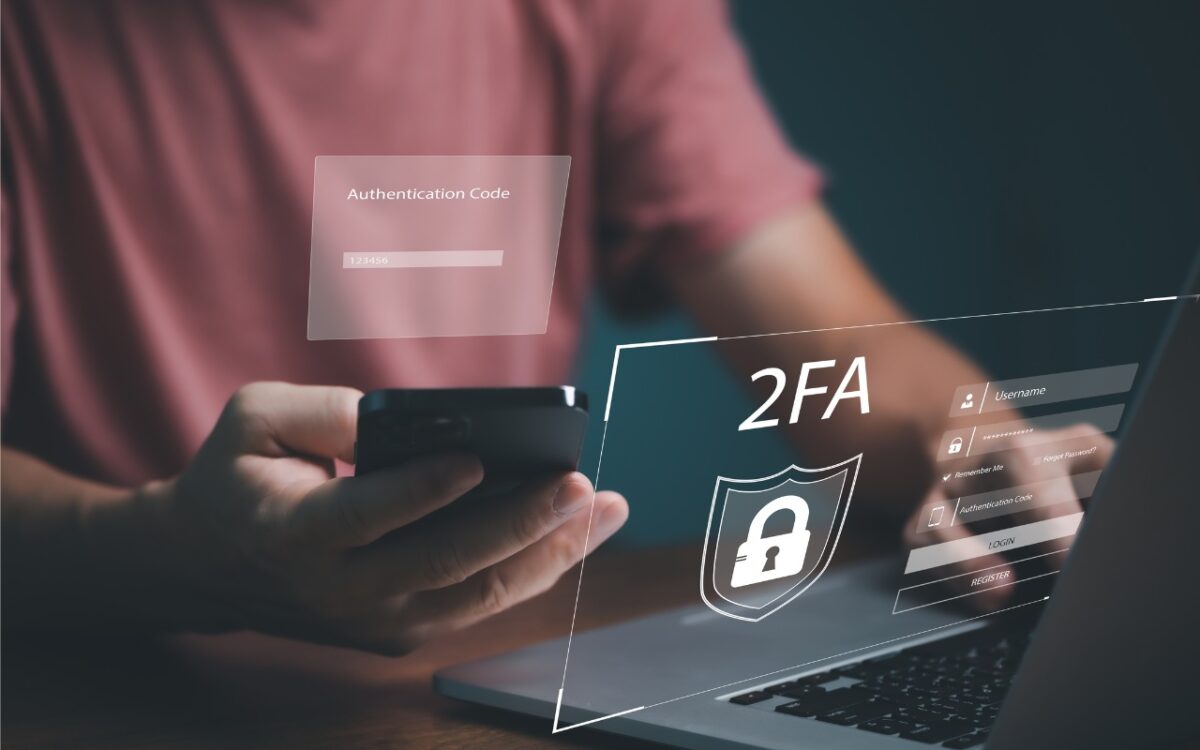Scams are starting to incorporate personal information stolen in data breaches, so you may get “sextortion” threats that purport to know your phone number, address, and more. […]
Beware Fake “Sextortion” Scams
- Post author By Ask Adam
- Post date October 1, 2024
- Categories In Tips









